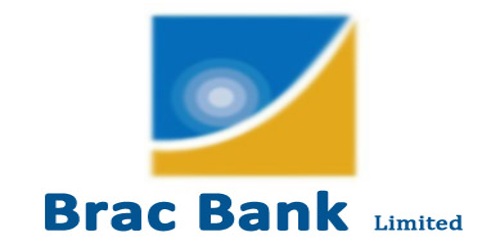Blue Light Therapy is a non-invasive treatment that uses high-intensity blue light to treat a variety of skin problems as well as mental health disorders. Blue Light Therapy has a long history, dating back to the 1800s when scientists discovered that blue light might be used to treat smallpox. The blue light was used to treat neonatal jaundice in the 1960s. Blue Light Therapy became popular in dermatology in the 1990s as efficient acne therapy.
This blog post seeks to provide a summary of the benefits and drawbacks of Blue Light Therapy, as well as recommendations on how to prepare for Blue Light Therapy. This information will assist readers in making an informed decision regarding Blue Light Therapy as a therapy option.
What Exactly Is Blue Light Therapy?
Blue Light Therapy is a non-invasive medical treatment that uses high-intensity blue light to treat a variety of health issues. The therapy entails exposing the diseased body area to a specified wavelength of blue light, often between 400-450 nanometers, for a set period of time.

Acne, rosacea, and psoriasis are all frequent skin diseases treated with it. It works by entering the skin’s surface and destroying acne-causing bacteria, reducing inflammation, and boosting collagen synthesis, so improving the texture and tone of the skin.
Blue Light Therapy is a non-invasive treatment with few negative effects. It is a non-invasive process performed in a medical office or at home with the use of specialized light-emitting instruments. However, like with any medical treatment, addressing the potential dangers and benefits with a healthcare practitioner before undertaking this therapy is vital.
The Pros Of Blue Light Therapy: Blue Light Therapy is becoming increasingly popular as a non-invasive treatment for a variety of medical issues. It stimulates collagen formation, which decreases the appearance of fine lines and wrinkles. The benefits of using Blue Light Therapy include the following:
- Treating acne: Acne can be effectively treated using Blue Light Therapy. It destroys acne-causing germs while also reducing inflammation and promoting skin repair.
- Improving skin texture and tone: Blue Light Therapy boosts collagen formation, which improves skin texture and tone. It can also help to smooth out fine lines and wrinkles.
- Seasonal Affective Disorder (SAD) Treatment: Blue Light Therapy aids in the regulation of the body’s internal clock and the improvement of mood. It is a successful treatment for Seasonal Affective Disorder (SAD), a type of depression that arises throughout the winter due to a lack of sunlight exposure.
- Alleviating depression and anxiety symptoms: Blue light has the ability to excite the brain into producing more serotonin, a neurotransmitter that regulates mood and decreases anxiety. Blue Light Therapy is an excellent treatment for the symptoms of depression and anxiety.
- Non-invasive and safe: Blue Light Therapy is a non-invasive treatment that is thought to be safe and has few negative effects. It can be done at a medical office or at home with the use of specialized light-emitting gadgets.
Blue Light Therapy is a promising therapeutic option for a variety of health disorders, particularly those affecting the skin and the mind. Before undertaking any therapy, it is critical to discuss the potential risks and advantages with a healthcare expert.
Several scientific studies and research findings back up Blue Light Therapy’s usefulness in treating certain illnesses. Positive outcomes have also been demonstrated in case studies. More research, however, is required to properly understand the long-term impact and safety of this therapy.
The Cons Of Blue Light Therapy
While there are numerous possible benefits to Blue Light Therapy, there are also some drawbacks and hazards to this treatment. These are some examples:
- Skin sensitivity: High-intensity blue light exposure can induce skin sensitivity, redness, and irritation. Blue Light Therapy may cause allergic reactions or hives in some people.
- Eye damage: Long-term exposure to blue light can harm the eyes, including the retina. Blue Light Therapy patients should use protective eyewear to avoid eye harm.
- Discomfort: Blue Light Therapy may cause discomfort in some people, such as a burning or tingling sensation. This is normally moderate and only lasts a short time.
- Cost: Blue Light Therapy can be costly, especially if done in a medical office. Some people may be unable to afford it because their insurance does not cover the expense.
- Inadequate effectiveness: Blue Light Therapy is useful for certain health conditions, but it may not be suitable for everyone. Before undertaking any therapy, it is critical to discuss the potential advantages and dangers with a healthcare expert.
While Blue Light Therapy is generally thought to be safe and effective, it does have some downsides and risks. Before electing to undertake Blue Light Therapy, patients should carefully examine the advantages and downsides and consult with a healthcare professional about the potential benefits and hazards.















